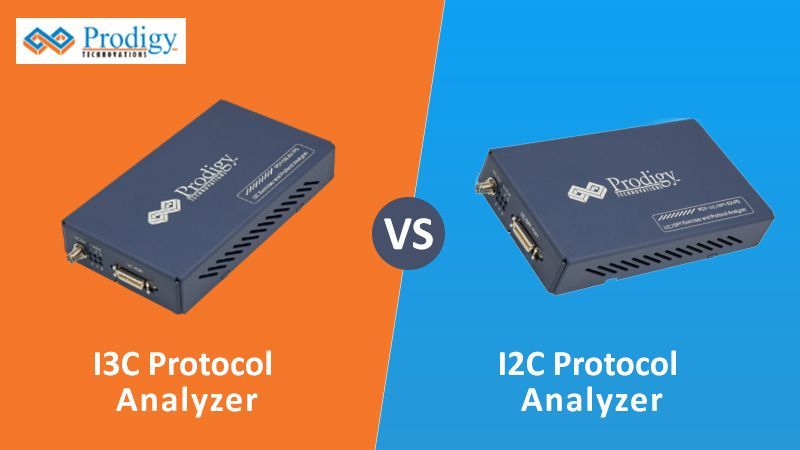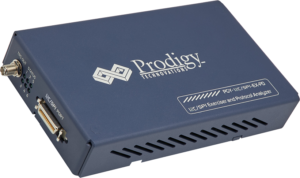
I3C vs I2C Protocol Analyzer
What is I2C Protocol?
I2C stands for Inter IC communication. I2C Protocol is a simple two-wire protocol used to communicate between two devices or chips in an embedded system.
What is I3C Protocol?
I3C has got the extra I over the standard I2C. Improved Inter IC communication protocol. I3C Protocol has improved over I2C Protocol in many ways. I3C Protocol maintains the backward comparability with I2C Protocol. However, it provides advanced features required for modern communication w.r.t to speed and interrupts handling, etc.
What is the difference between I3C vs I2C Protocol?
The difference between I3C vs I2C can be understood by knowing the details of the protocol. While some differences are very obvious like improved speed and backward compatibility there are very interesting features worth understanding. The differences are:
- I3C is power efficient and high speed compared to I2C.
- I3C supports single data rate (SDR), High Data rate (HDR) modes, through which it can support up to 33Mbps data rate whereas typical I2C network support up to 1Mbps.
- In I2C, all the operations will happen with static address whereas in I3C, I3C master will assign dynamic address to all the slaves present on the bus.
- Dynamic address assignment for I3C slaves but still supports static address for I2C slaves.
- I3C has a standardized set of common command codes (CCC). There are three types of common command codes: Broadcast commands, Directed commands, and private.
- Broadcast commands are like a master, which will send CCC to all the slaves to set the same register value for all slaves present on the I3C bus.
- Directed commands are like a master, which will send CCC to the specific slave to read/write register from the slave.
- I3C supports In-band interrupt (IBI) on the I3C bus. So separate pins are not required.
- I3C master will assign a dynamic address to the slave as per the priority of the slave. In such cases, the master depends on reading PID, BCR, and DCR registers from the slave and it will assign a dynamic address to the slave ever slave has the lowest dynamic address has the highest priority on the bus. Because any transaction start initially it will be in open drain mode so in that phase any slave or secondary master can give the IBI or secondary master request whoever wins the arbitration will complete the transaction on the I3C bus.
- I3C supports a hot join operation in which the slave will send a hot join request to the master and the master will assign a dynamic address to the slave.
- I3C has error detection and recovery (parity check in SDR, parity, and 5bit CRC for HDR modes).
- Multi-master operation with well-defined ownership transfer from one master to another master.
What is the Protocol Analyzers to Debug I3C vs I2C Protocol?
Prodigy offers I3C Protocol Analyzer with advanced capability to trigger and capture the I3C protocol based on I3C Protocol specification.
Prodigy I3C Protocol Analyzer
Prodigy also offers an I2C Protocol analyzer to capture and decode the I2C packets. The I2C protocol analyzer has the advanced capability not only to trigger but long allow very long captures which is very useful for the embedded design engineer during the debug.
Prodigy I2C Protocol Analyzer
Conclusion
In conclusion, I3C vs I2C protocol analyzer choice depends on factors like cost and current design. However, the I3C protocol is gaining traction and will be the de facto interface for most of the chipsets developed in the future. To Read more Blogs on Protocol Analyzer, Click Below.





